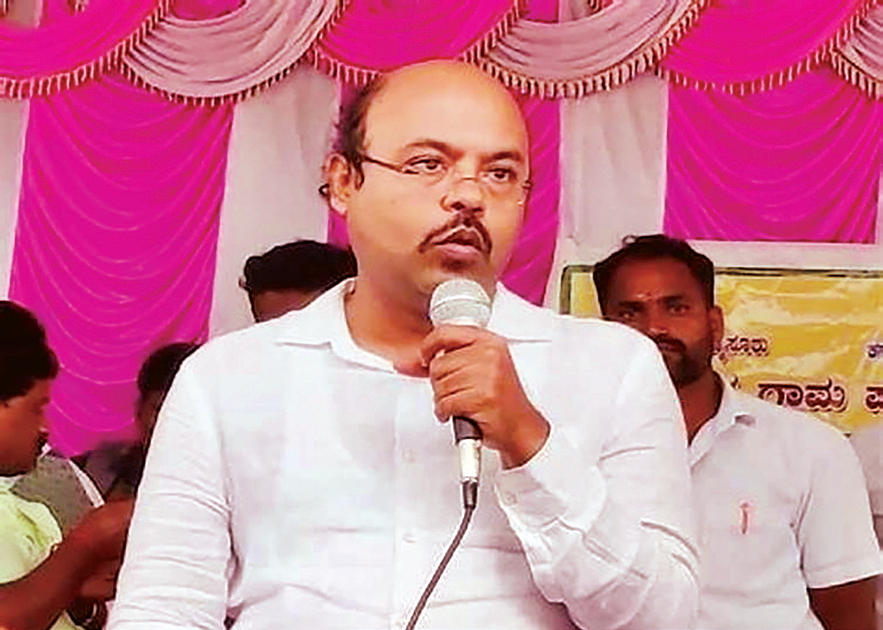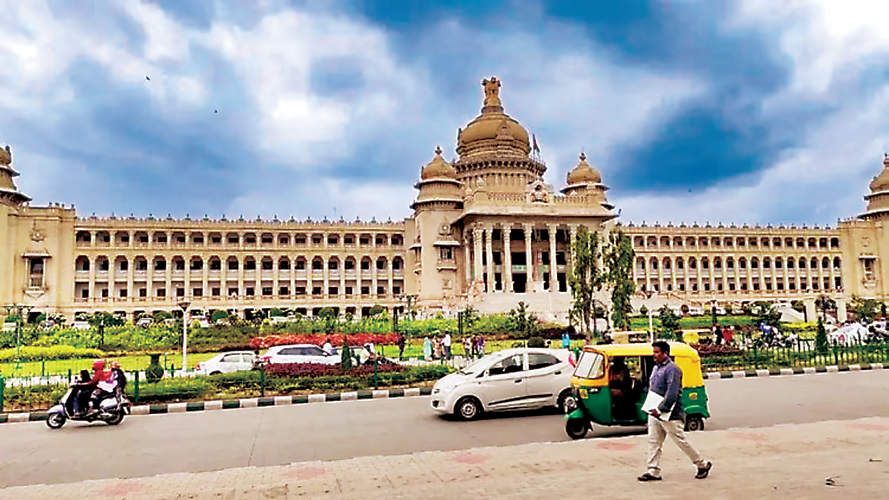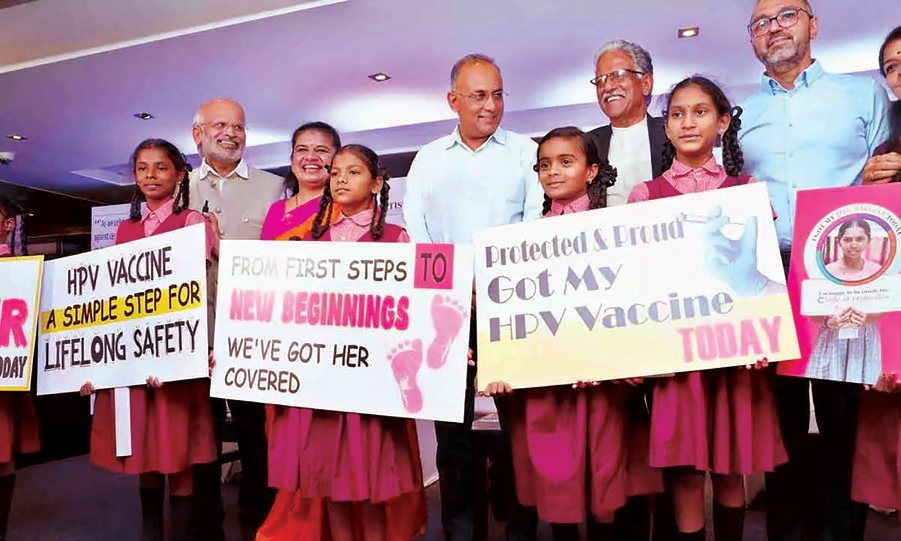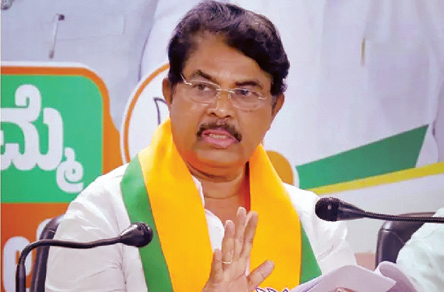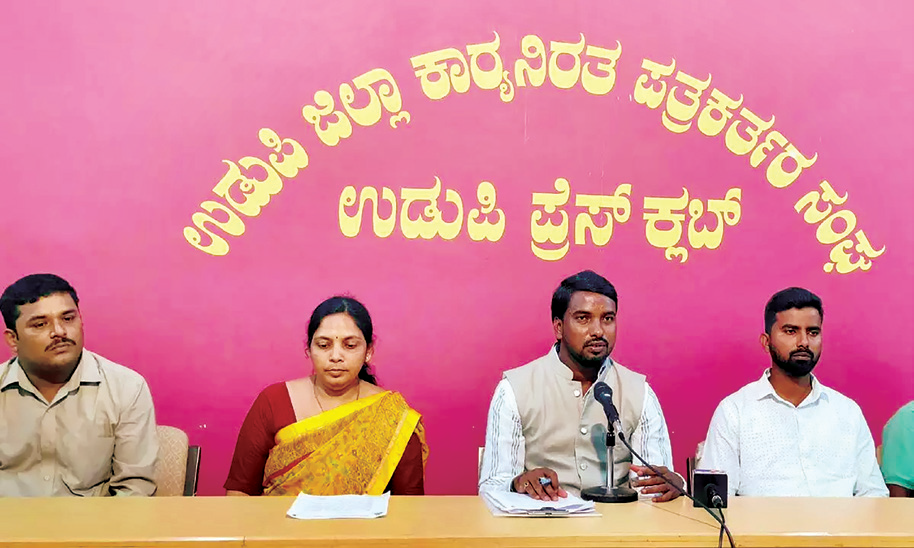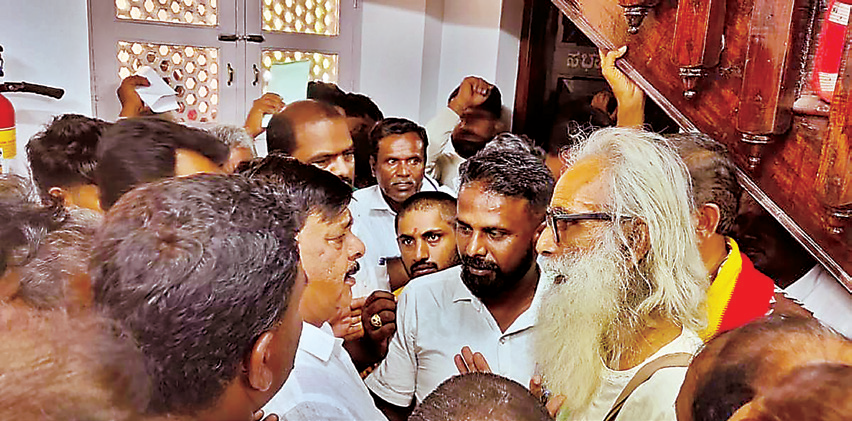
Covid warriors of Mysuru cry foul
Shilpa P | NT
In the present Covid scenario, the cost of hospital consumables has multiplied manifold while that of medical equipment has tripled. To add to the woes of healthcare centres in the city, 30 to 50 per cent of non-Covid patients have stopped visiting hospitals for fear of contracting the dreaded virus. An equal number prefer to put off non-emergency surgeries they need to undergo, making the management of hospitals a herculean task.
Not only did the administration cap treatment costs of the pandemic, huge amounts billed for the treatment of patients referred by the government under Arogya Karnataka scheme or otherwise, have not been settled. A number of hospitals in the district have complained that dues ranging between 30 and 100 per cent, in some cases, the government owes them is causing them severe financial distress.
When providing oxygen to Covid patients became a life-saving exercise, it resulted in its acute shortage. The government then mandated that every hospital with over 50 beds be equipped with an oxygen plant. Those who did not comply were threatened that their licence would not be renewed. Hospitals were quick to fall in line, even though it cost thrice as much because of the sudden demand.
Following another directive, 67 private hospitals in the district collectively reserved 1,583 beds (25 per cent) to accommodate the anticipated third-wave rush. That wasn’t to be, and they can’t even complain. Till the end of January, only 13 general beds, two oxygen beds, nine ICU beds without ventilator and two with ventilator in private hospitals were occupied. As many as 136 Covid patients were successfully treated as outpatients.
President of Mahan Dr Javeed Nayeem and executive committee members including Gururaja KS, Dr Vijay Cheluvaraj N, Dr G Siddesh, Dr HV Santhrupth, Dr HR Abhijit interacted with News Trail, and voiced issues they are facing after Covid hit humanity.
Dr Vijay Cheluvaraj, vice president of Mahan, pointed out that the pandemic demanded several infrastructural changes to their setup. They began facing a shortage of manpower and equipment on one hand, and escalation of costs of basic consumables like gloves and sanitisers. “Add to that the fact that most medical equipment and their components are imported, and we are up against the wall,” he said.
“Shortage and the consequent demand have resulted in salaries of staff almost trebling. We also need to pay Covid-risk allowance to our workers, while not deducting money when they don’t turn up at work,” Dr Javeed added.
“Bad enough that the government made reservation of 50 per cent beds in a hospital for Covid patients, reduced to 25 in the third wave, it also capped treatment costs. These charges were fixed based on recommendations of a state-level task force, which should have had our representatives as well as those from the other stakeholders,” Dr HR Abhijit said.
Dr Vijay went on to add that this was done “unscientifically” and without doing a proper costing audit. “On every Covid patient the government referred, we have had to bear a huge loss. Even a mid-budget hospital has spent something like Rs 25,000 per patient treated in a ventilatorequipped ICU every day. This is because the state government set an upper limit of Rs 12,000 per day for such patients. Not just that, we are expected to treat the patients only after all investigations (including high-end ones that need to be frequently repeated for critical patients). Add to that their medication (antibiotics, antiviral injections as also different injections required by different patients), the required PPE kits and other direct and indirect expenses. Not to mention the added treatment cost of patients with co-morbidities,” he said.
“Also, since the Arogya Karnataka scheme covered every citizen without considering their financial status, almost every Covid patient got admitted either under it or got a letter from the district health officer for free treatment.
“Despite bearing these huge losses, most payments are delayed. Quite a few bills are yet to be cleared. A number of claims are paid with multiple deductions. New terms or minor documentation errors were cited as reasons,” the doctor said.
“The government also brought out a rule that no will be payable if the patient dies during the course of treatment. Critical patients with co-morbidities have a high mortality rate. Cash inflow got severely affected to make payment of salaries to staff as well as vendors their dues difficult,” he added.
Dr H V Santhrupth pointed out that oxygen plants the government insisted on “have made a huge dent in the pockets of private hospitals. With symptoms of patients in the third wave turning out to be mild, not many require oxygen
 English daily published in Bengaluru & Doha
English daily published in Bengaluru & Doha

